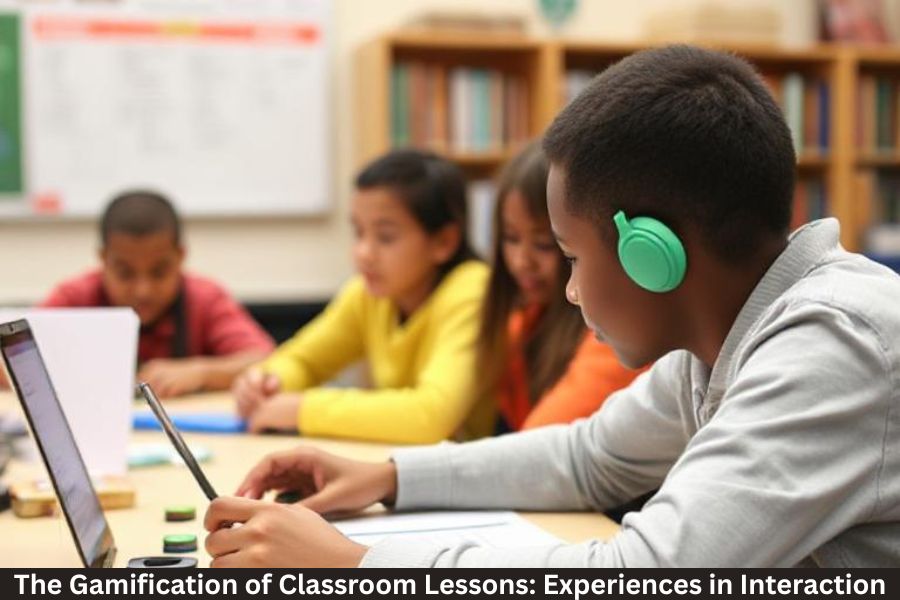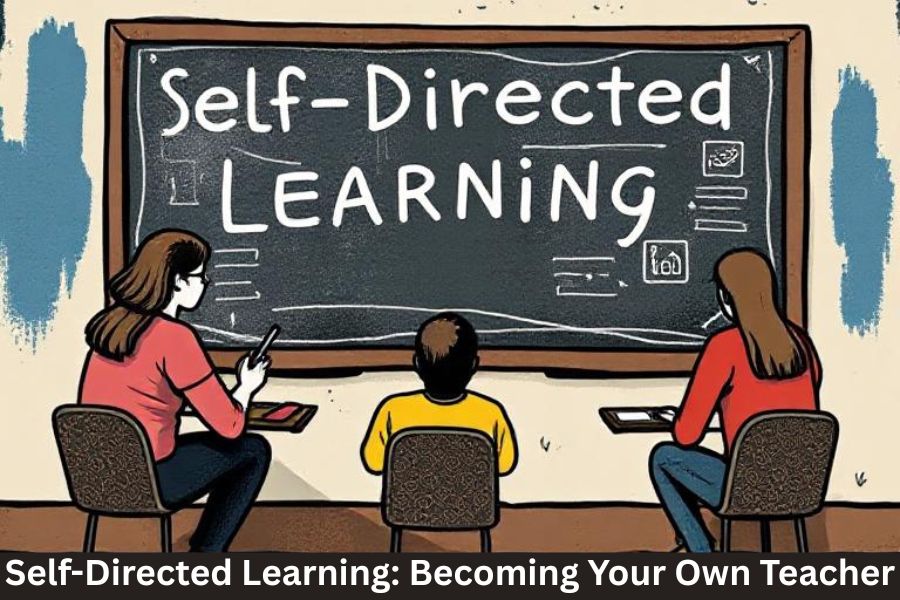Gamification in education describes using game-oriented elements like points, levels, badges, etc., in non-game learning environments to engage students in learning. Some confuse the term as the actual playing of video games in school; it is actually about teasing out specific game characteristics and applying them to traditional instruction.
What are the main differences between real games and gamified learning?
A real game is designed for pure entertainment. Unlike games for entertainment, a gamified environment uses game-like structures to achieve real-world educational outcomes. Winning is secondary to learning while playing.
Why Gamification Works for Learning
Increasing Student Engagement
The current generation is a bunch of digital natives. They live through interactive experiences. Gamification rides on this shared knowledge and excitement and makes lessons attractive for students to dive into.
Increasing Motivation
Feeling victorious from earning points or unlocking a level can suddenly make spelling tests and history dates feel like a challenge instead of an arduous task.
Better Retention of Knowledge
Research reveals that interactive learning actually does better for memory. Association of the knowledge with fun or competition will help the retain it longer.
Main Building Blocks of Gamified Learning
Points, Badges, and Leaderboards (PBL)
It is said these three are the holy trinity of gamification. Points are an application of effort, badges recognize a certain achievement, and leaderboards may spark healthy competition.
Levels and Progression
Just as in a video game, the student can level up. It gives them a clear path and makes learning an adventure with achievements waiting to be unlocked.
Rewards and Feedback
Feedback is immediate and positive reinforcement reinforcing good answers and motivating continued attempts. Even failure is part of the game to be overcome rather than feared.”
Storytelling and Narrative Frameworks
The transformation of a unit into a “mission” or of the students into “explorers” intensifies immersion. The learning is made part of the bigger story, which grabs students’ attention and, therefore, makes the lessons worth remembering.
Gamification vs. Game-Based Learning
Understanding The Distinction
Gamification is the superimposition of game elements over a conventional mode of instructing. In contrast, game-based learning considers the use of actual games as a training tool. For instance, to teach geometry through Minecraft is an example of game-based learning.
When to Implement One of the Two
The application of gamification should be considered when the goal is to increase student participation in regular coursework. Game-based learning, on the other hand, is preferable for teaching specific topics through real-life experiences.
Tools and Platforms for Classroom Gamification
Kahoot!
This platform is quiz based and turns student assessments into quick-paced trivia that students love to immerse themselves in.
Classcraft
A fantasy RPG dressing where the students earn points for good behavior, collaboration, and academic growth.
Quizizz
Blooket fun quizzes give real-time feedback and data insight.
Beforehand, more fun mini-games are created in Blooket to help quiz learning for younger kids.
How Teachers Can Implement Gamification
Set Clear Learning Goals
Modify the educational objective with game elements set in fun. In other words, fun serves to teach the lesson or distracts from it.
Align Game Mechanics with Curriculum
Badges and rewards should align with skills or standards: e.g., award a badge called “Grammar Guru” when students have demonstrated a well-developed level of punctuation.
Promote Cooperation and Friendly Competition
Divide students into teams and let them earn rewards as teams to build a good community atmosphere for competitive spirits.
Some Examples of Real-Life Gamification
History Quests
Attach something like an archaeology mission to the study of ancient civilizations whereby students will net points upon the discovery of facts about them.
Math Challenges
Set up “math boss battles” wherein students have to solve problems so as to move along to higher levels.
Language Learning Missions
These are vocabulary “quests” through which learners gain new vocabulary and earn cultural “badges.”
The Role of Technology in Gamified Classrooms
Smartboards, Tablets & Apps
They can make gamified learning go smooth and interactive. Imagine touch-screen quizzes or scavenger hunts in class run by your tablets.
Virtual and Augmented Realities
Go to ancient Rome with some VR or use AR flashcards for your biology topics. Now, that’s the future, and it’s fun!
Benefits According to Different Learning Styles
Visual, Auditory, and Kinesthetic Learners
These gamified experiences usually include visual cues, sound effects, and physical activities so that students on whichever path learn best are catered to.
Both Shy and Outspoken Students Can Benefit
Leaderboards or missions can shamefully offer shy students quiet wins, while extroverts go all out on collaborative challenges.
Addressing Concerns and Challenges
Screen Time and Distractions
Balance is essential. It does not need to be all technology-based gamification. You can also give your players physical tokens, printed badges, or offline quests.
Access Equity
Everyone should have technology access. Plan for both high-tech and low-tech environments.
Balancing of Fun and Learning Objectives
First comes learning-then comes fun. Make sure that any game element you include is attached to a learning objective.
Gamifying Remote or Hybrid Learning
Engaging Students Online
Online learners describe having that feeling of being disconnected from the instructors. Gamification thus keeps them involved and motivated.
Building Digital Communities
Avatars, team challenges, and chat-based missions ensure that students are connected even when learning remotely.
The Research and Evidence Behind Gamification
Academic Research
According to the Journal of Educational Psychology, January 2020, a 30% increase in engagement and test scores is noted in gamified classes.
Teacher Testimonials
Teachers attest to better classroom behavior, improved attendance, and more enthusiasm after gamification of curricula.
Future Trends in Classroom Gamification
AI-Powered Personalized Learning Paths
Artificial intelligence teaches at the pace and learning style of the student, such as a tutorial for a specially made video game.
Blockchain for Education Rewards?
Certain schools want to pursue blockchain for tracking scholarly achievements and issuing digital badges of real-world value.
Some Practical Tips on How to Get Started
Start Small
Do not change your entire curriculum. Just focus on one gamified lesson or quiz.
Ask Students
What do they like? What feels forced? Their input is valuable.
Iterate and Improve
Gamification is a moving target. As you go along, you must tweak, test, and even change approach.
Conclusion
Gamification is not just something that changes from time to time but a revolution in education. By making every lesson an adventure, it turns education into an enjoyable, inclusive, and meaningful experience. It enables learners to own their learning process, investigate at their own pace, and treat school as a place of discovery rather than a place of drudgery. When balanced with creativity, technology, and clear learning objectives, gamification has the potential to make any classroom a playground for the mind.
FAQs
1. Is gamification appropriate for all age groups?
Absolutely! Gamification can be adapted for any age group to meet specific learning objectives, from the Tama day school to a university.
2. But do I need technology to gamify my classroom?
No, not really. Technology snatches your edge; you could go with sticker charts, paper quests, and physical game boards.
3. But how to we go about assessing student performance within a gamified setting?
Traditional assessment is the terrazzo alongside game-based rewards. The particular game gives structure and engagement to the activity-not standing in evaluation itself.
4. Does gamification detract from actual learning?
If not planned carefully, yes. But when tied to learning objectives, gamification strengthens-not weakens-understanding.
5. What’s a good simple way to start with gamification?
Start with a simple Kahoot! quiz, or award badges for homework completion. Start small, then grow.




